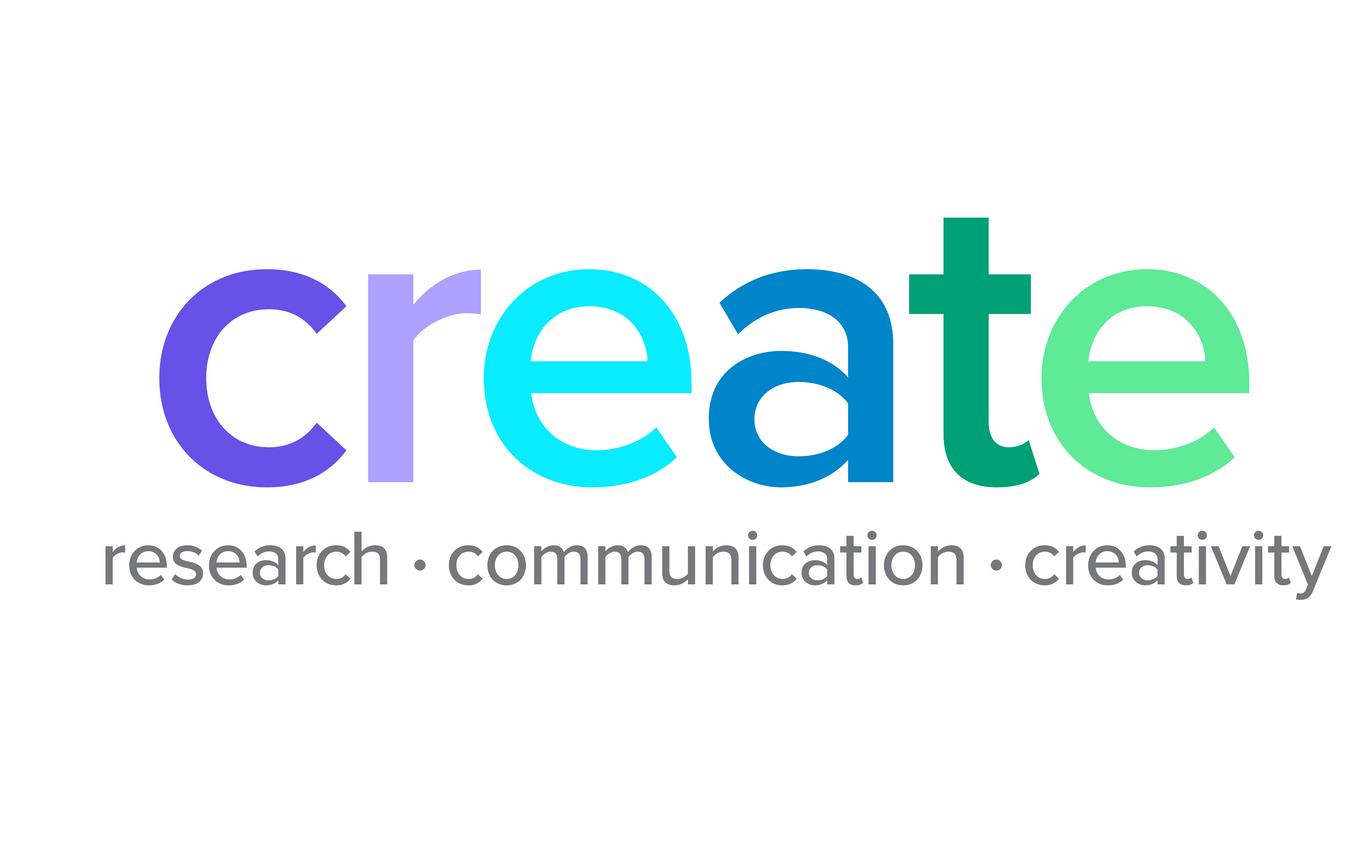Classification |
Characterization |
Methods of Practice at VIU |
Outcome |
Previous Examples from CREATE |
Discovery: Advancing knowledge with original research. |
Investigative research |
Students may have the opportunity to publish in a number of ways during their studies at VIU. Speak to a faculty member in your discipline of practice to learn about journals you may submit to, co-publishing opportunities, and online publication resources. Showcasing and performing any projects is considered scholarly activity, and CREATE is an example of how VIU students deploy their ideas. Creating infrastructure for future studies, building upon previous work, and any work done which can facilitate later studies is considered scholarly activity. |
This is a traditional form of research. It advances knowledge in a field by identifying what is currently known about a topic and pointing out knowledge that has yet to be acquired. |
A professor, graduate, and undergraduate student from the Tourism Department authored a federally funded and peer reviewed report on the state of Canada’s traditional craft trades sector, identifying gaps in training and employment from within this area of creative economy (2014) |
Integration: Synthesizing information across disciplines, topics, or time. |
Putting research into perspective |
Critical analysis involves viewing an event, phenomena, or text through a critical lens. A critical lens can be philosophical (theoretical), experiential, contextual, or specific, and it illuminates a new viewpoint, or a new translation. Using academic skills and knowledge to provide advice to community members is considered educational transference. Passing on, and engaging your skills and expertise acquired at school is applied scholarly activity. |
This is a form of research that involves fitting your research, or the research of others, into a larger concept or pattern as a way of educating non-specialists. |
An international student used their first-hand knowledge to identify specific experiences of tourists from a select region of the world. This assisted the City of Nanaimo in branding culturally-specific tourism (2015) |
Engagement: Applies disciplinary expertise to aid society. |
Pragmatically applying research |
Consulting with local businesses and organizations, or playing a leadership role within a community, business, or organization, using academic tools to create solutions for their problems and/or help with innovation, is considered scholarly activity. Designing methods of practice (i.e. training), and testing an educational system are educational academic activities. |
This form of research allows theory and practice to interact with the goal of producing solutions. This is designed to apply research to solving world problems. |
A Child and Youth Care (CYC) student assessed the Peer Mentorship Program in her discipline. Through focus groups and online surveys, her research aimed to identify and assess pitfalls and best practices. The results were presented to CYC faculty in order to further develop a strong program. |
Teaching: Provides a format for sharing and evaluating education. |
Building bridges between research and understanding |
Reassessing how knowledge is transferred, what the best methods are, and inquiring into the theory of education can be applied or conceptual. Creating academic materials or tools for instruction is considered fundamental scholarly activity, and can be used as part of a program or direct education. Evaluating data and reinterpreting existing studies can promote insight and recognition of connections between findings, which can be facilitated by interdisciplinary projects, and this transfer of knowledge is key scholarly activity. |
This research provides a format for the public sharing of knowledge, application, and evaluation of others in teaching and learning positions. |
Students from Criminology, Sociology, and Business worked with local after-school programs to develop a plan of action addressing the relationship between poverty and antisocial behaviour. Their interdisciplinary nature allowed this group to target criminal psychology, the social effects of identity, and the business application model of providing support for healthy change in youth. |
Connect with Us!
Phone or email us
Events and Info Sessions
View events
Ready to join us at VIU?
Start Your application
